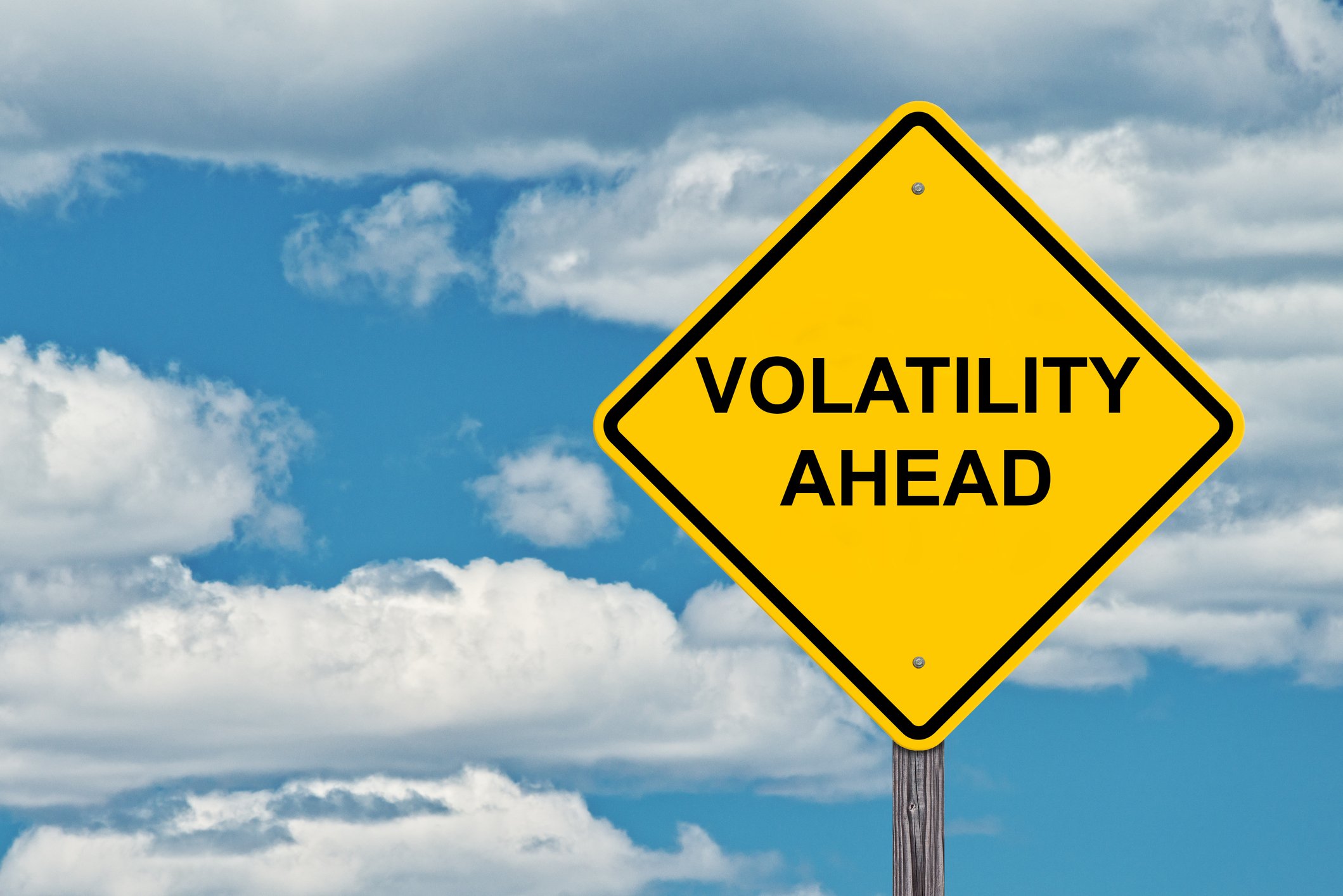Mortgage REITs are a very interesting sector, and although they only represent a small percentage of REITs, they've developed a very loyal following. Their increased use of leverage leads to very high yields that appeal to income seekers with a sizable appetite for risk. However, before jumping in to the sector, investors should realize that not all mortgage REITs are created equal. There are a wide variety of mortgage REITs, and the two major categories are separated by the types of mortgages the REITs invest in.
Agency mortgage REITs (AMREITs)
These REITs invest almost entirely in mortgages or mortgage-backed securities that are guaranteed by federal agencies such as Fannie Mae. While it is true that these mortgages are guaranteed and have no default risk, this makes the interest rates on the mortgages themselves extremely low, so in order to provide the kinds of returns that investors demand, they use a ton of leverage (sometimes up to 10%).
Beware of agency REITs in rising rate environments, as the spread between the interest rates the mortgages pay and the interest rates the REIT pays to employ such leverage (up to 10 times leverage in some cases) can narrow significantly, drastically affecting profits.
While Annaly Capital (NLY +1.53%) is the best-known and largest of the mREITs and pays a very nice yield, consider an alternative such as American Capital Agency (AGNC +2.77%). American Capital Agency pays a yield of 13.91% annually, which is among the top of the mREITs, and has been actually been buying back shares at the current depressed prices.
Shares sell at a significant discount of about 88% of book value, so the 11.9 million shares the company repurchased over the last quarter (about 3% of the total) were bought for less than they were worth as of the most recent quarter. A move like this goes a long way toward adding value to the remaining shares, especially in these tough times for mREITs.
Non-agency residential mortgage REITs
These mREITs invest in mortgages that are not guaranteed by federal agencies, and they carry higher risks of default than their agency-guaranteed counterparts. So, while this does mean there's somewhat of a higher risk, the underlying mortgages can pay significantly higher interest rates, and therefore do not require such a high use of leverage.
Many of the best mREITs in this category are not purely non-agency plays. To mitigate risk and add some diversity, a lot of the top choices are a hybrid of the two styles. An excellent example is Two Harbors (TWO +11.84%). Two Harbors has a $12.5 billion portfolio of agency mortgage-backed securities and $2.9 billion in non-agency securities, but bear in mind that the non-agency securities pay much higher rates and contribute a disproportionate amount of the REIT's income.
Most of the company's non-agency portfolio is comprised of subprime securities, a lot of which are derived from loans on distressed properties. Therefore, the agency-guaranteed portion of the holdings is essential to offset some of the inherent risks involved with the risky (but high-paying) non-agency securities. Two Harbors pays an annual yield of 11.65%, which is slightly lower than the others mentioned, but the added diversity of holdings could be appealing to some investors.
Which is right for you?
While most mortgage REITs are risky, some are riskier than others, so the specific one you choose should depend largely on your personal risk tolerance. Perhaps the best strategy to reap the high yields of REITs is to buy more than one, preferably with different types of mortgages and leverage in their portfolios. This way, if one REIT with significant non-agency exposure has a rough quarter, the others in your portfolio should help to balance out the effects.








